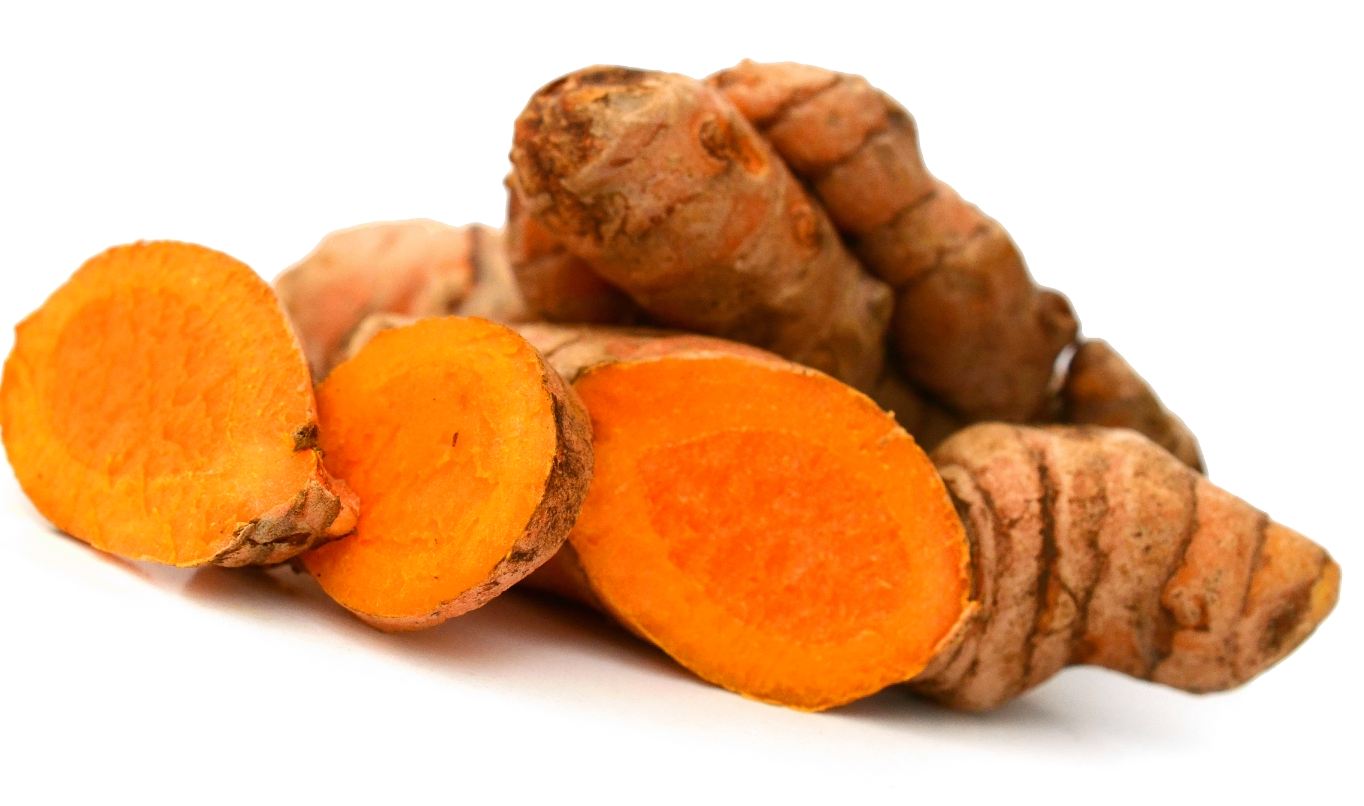If your skin itches and turns red from time to time, you might have eczema. This skin condition is very common in children, but adults can get it too. Eczema is sometimes called atopic dermatitis, which is the most common form. “Atopic” refers to an allergy. People with eczema often have allergies or asthma along with itchy, red skin. Eczema comes in a few other forms, too. Each eczema type has its own set of symptoms and triggers. There are also some common symptoms for all types of eczema: dry, scaly skin, redness, itching, which may be intense.
1. Atopic dermatitis
Atopic dermatitis is the most common form of eczema. It usually starts in childhood, and often gets milder or goes away by adulthood. Atopic dermatitis is part of what doctors call the atopic triad. “Triad” means three. The other two diseases in the triad are asthma and hay fever. Many people with atopic dermatitis have all three conditions. In atopic dermatitis: the rash often forms in the creases of your elbows or knees, skin in areas where the rash appears may turn lighter or darker, or get thicker, small bumps may appear and leak fluid if you scratch them, babies often get the rash on their scalp and cheeks, your skin can get infected if you scratch it
Atopic dermatitis happens when your skin’s natural barrier against the elements is weakened. This means your skin is less able to protect you against irritants and allergens. Atopic dermatitis is likely caused by a combination of factors such as: genes, dry skin, an immune system problem, triggers in the environment.
- Contact dermatitis
If you have red, irritated skin that’s caused by a reaction to substances you touch, you may have contact dermatitis. It comes in two types: Allergic contact dermatitis is an immune system reaction to an irritant like latex or metal. Irritant contact dermatitis starts when a chemical or other substance irritates your skin. In contact dermatitis: your skin itches, turns red, burns, and stings, itchy bumps called hives may pop up on your skin, fluid-filled blisters can form that may ooze and crust over. Over time, the skin may thicken and feel scaly or leathery. Contact dermatitis happens when you touch a substance that irritates your skin or causes an allergic reaction. The most common causes are: detergents, bleach, jewelry, latex, nickel, paint, poison ivy and other poisonous plants, skin care products, including makeup, soaps and perfumes, Solvents, tobacco smoke.
- Dyshidrotic eczema
Dyshidrotic eczema causes small blisters to form on your hands and feet. It’s more common in women than men. In dyshidrotic eczema: fluid-filled blisters form on your fingers, toes, palms, and soles of your feet, these blisters may itch or hurt, the skin can scale, crack, and flake. Dyshidrotic eczema can be caused by: allergies, damp hands and feet, exposure to substances such as nickel, cobalt, or chromium salt, and stress.
- Hand eczema
Eczema that only affects your hands is called hand eczema. You may get this type if you work in a job like hairdressing or cleaning, where you regularly use chemicals that irritate the skin. In hand eczema: your hands get red, itchy, and dry, they may form cracks or blisters. Hand eczema is triggered by exposure to chemicals. People who work in jobs that expose them to irritants are more likely to get this form, such as: Cleaning, Hairdressing, Healthcare, laundry or dry cleaning.
- Neurodermatitis
Neurodermatitis is similar to atopic dermatitis. It causes thick, scaly patches to pop up on your skin. In neurodermatitis: thick, scaly patches form on your arms, legs, back of your neck, scalp, bottoms of your feet, backs of your hands, or genitals. These patches can be very itchy, especially when you’re relaxed or asleep. if you scratch the patches, they can bleed and get infected. Neurodermatitis usually starts in people who have other types of eczema or psoriasis. Doctors don’t know exactly what causes it, although stress can be a trigger.
- Nummular eczema
This type of eczema causes round, coin-shaped spots to form on your skin. The word “nummular” means coin in Latin. Nummular eczema looks very different from other types of eczema, and it can itch a lot. In nummular eczema: round, coin-shaped spots form on your skin, the spots may itch or become scaly. Nummular eczema can be triggered by a reaction to an insect bite, or by an allergic reaction to metals or chemicals. Dry skin can also cause it. You’re more likely to get this form if you have another type of eczema, such as atopic dermatitis.
- Stasis dermatitis
Stasis dermatitis happens when fluid leaks out of weakened veins into your skin. This fluid causes swelling, redness, itching, and pain. In stasis dermatitis: the lower part of your legs may swell up, especially during the day when you’ve been walking, your legs may ache or feel heavy. You’ll likely also have varicose veins, which are thick, ropey damaged veins in your legs, the skin over those varicose veins will be dry and itchy, you may develop open sores on your lower legs and on the tops of your feet. Stasis dermatitis happens in people who have blood flow problems in their lower legs. If the valves that normally push blood up through your legs toward your heart malfunction, blood can pool in your legs. Your legs can swell up and varicose veins can form.
Treatment
Eczema often comes and goes. When it appears, you might need to try different medicines and other treatments to get rid of the rash. Antihistamines such as diphenhydramine (Benadryl) can control the itch. Corticosteroid cream or ointment can reduce the itch. For a more severe reaction, you can take steroids like (Rayos) by mouth to control swelling. Calcineurin inhibitors such as tacrolimus (Protopic) and pimecrolimus (Elidel) reduce the immune response that causes red, itchy skin. Antibiotics treat skin infections. Light therapy exposes your skin to ultraviolet light to heal your rash. Cool compresses applied before you rub on the corticosteroid cream can help the medicine get into your skin more easily.
Posted on May 18, 2023



